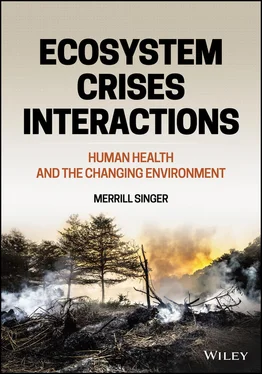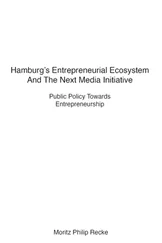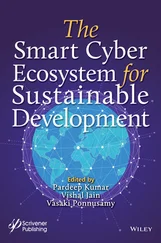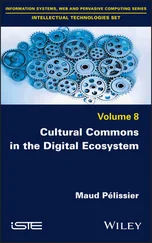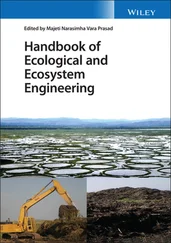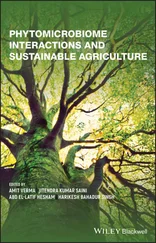1 ...7 8 9 11 12 13 ...29 Ecocrises interactions occur when the various pollutants and environmental disruptions generated especially today by fossil capitalism are not only co‐present in the same environmental context but combine to uni‐ or multidirectionally magnify their impact on human health and society, and on the health and survival of other species as well. Critical to explicating ecocrises interaction is the development of an understanding of the pathways and mechanisms through which two or more ecocrises deleteriously intermingle in the air, on land, and in bodies of fresh or salt water. For example, respiratory health around the world has been growing worse in part because of the combined effects of heavier pollen loads caused by global warming and increased air pollution linked to prevailing fossil fuel use at a time when more intense wildfires are being triggered by climate change ( Fig. 1.3). These kinds of complex sets of interactions between global warming and anthropogenic (human‐caused) impairments to clean air can be seen in various planetary ecozones and involve a diverse set of environmental corridors of interaction. Most importantly, they increase human vulnerability to a range of debilitating and deadly diseases.
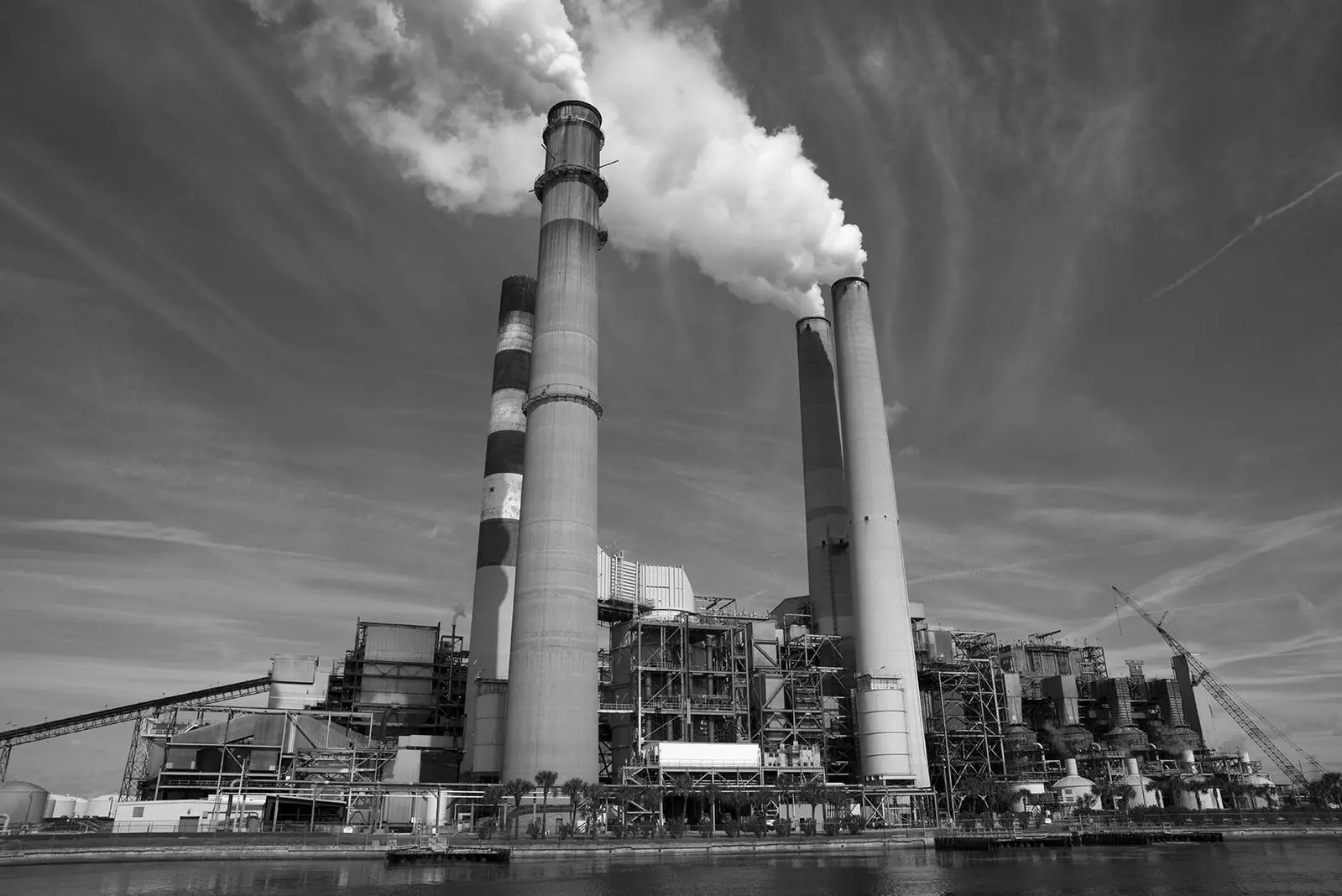
Fig. 1.3 Smokestack pollution from a power plant.
Source: bhumann34/Pixabay.
Similarly, there is a perilous interaction between meat production, nutrient pollution, and climate change. In the Gulf of Mexico off the coast of Louisiana, there is an 8000‐square‐mile area in which marine life is suffocating due to nutrient pollution. The nutrients, which feed a dead zone of algae bloom—a process known as eutrophication—flow down the Mississippi River in the form of excess nitrogen and phosphorus in fertilizers used on industrial corn farms. As meat production increases, the demand for corn rises, leading to mounting nutrient pollution. In 2017, the largest dead zone on record occurred in the Gulf region. More meat production also increases the release of methane, a powerful greenhouse gas (Weiss 2013).
In this book, the familiar term “pollution” is used specifically to refer to “unwanted, often dangerous, material that is introduced into Earth’s environments as the result of human activity, that threatens human health, and that harms ecosystems” (Landrigan et al . 2018). Diseases caused by pollution resulted in an estimated 9 million premature deaths in 2015, which is 6 percent of the total number of deaths that occurred worldwide. The significance of this rate of mortality is seen in the fact that it is three times higher than that of AIDS, tuberculosis, and malaria combined, and 15 times higher than that of all wars and other forms of physical violence. In some countries, primarily in South East Asia and the western Pacific, pollution‐related disease is responsible for 25 percent of all deaths (Landrigan et al . 2018). Further, pollution is responsible for more deaths globally per year than a high‐sodium diet, obesity, alcohol consumption, vehicular accidents, or child and maternal malnutrition.
Of special note are the populations globally most adversely impacted by pollution. Over 90 percent of pollution‐related deaths are in low‐ and middle‐income countries. In all nations, pollution‐related disease is most prevalent among ethnic minorities, the poor, and the socially marginalized. In particular, children are at highest risk of diseases linked to pollution. In utero and in early infancy—periods of high vulnerability—exposures to even very low doses of pollutants can lead to disease, disability, and death, with impacts that occur throughout an individual’s lifespan. What’s more, “ambient air pollution, chemical pollution, and soil pollution—the forms of pollution produced by industry, mining, electricity generation, mechanised agriculture, and petroleum‐powered vehicles—are all on the rise, with the most marked increases in rapidly developing and industrialising low‐income and middle‐income countries” (Landrigan et al . 2018). Cities, especially the most rapidly growing cities in developing nations, are severely affected by the production and health risks of pollution. This constitutes one of the great global existential challenges of the Anthropocene.
These facts notwithstanding, pollution remains an understudied and often ignored cause of human morbidity and mortality. Even though 70 percent of pollution‐caused diseases fall into the category of noncommunicable diseases—those such as cardiovascular diseases, cancers, chronic respiratory diseases, and diabetes not transmitted from human to human or animal to human—there is rare mention of interventions to address them in the WHO’s Global Action Plan for the Prevention and Control of Non‐Communicable Diseases 2013–2020, and pollution is often downplayed in both global health assessments (WHO 2013) and evaluations of the full social costs of fossil fuel production (NAS 2010).
To the degree that environmental pollution has been considered as a driving force in global health, it has been treated as an inevitability, an inescapable blemish of socioeconomic development. This element of conventional wisdom is referred to as the “environmental Kuznets hypothesis” (Van Alstine & Neumayer 2010), a label stemming from the graphic known as the Kuznets curve, developed by Nobel Memorial Prize‐winning economist and statistician Simon Kuznets (1955). Specifically, the curve, in the form of an inverted U‐shape, reflects Kuznets’ hypothesis that, as a society develops from a primarily agrarian to an industrialized economy, market forces first increase and then later decrease its overall degree of economic inequality. This hypothesis has been applied to environmental economics, where it is postulated that pollution and environmental degradation will unavoidably increase during the early stages of industrial economic development, and that pollution will continue to rise until the threshold of per capita income is achieved, after which the level of pollution will decrease despite continued economic growth. If the environmental Kuznets hypothesis is accurate, rather than being a growing threat to the environment, economic growth should be seen as an anthropogenic means of eventual environmental improvement. As Stern (2004, p. 1419) points out, “[t]he possibility of achieving sustainability without a significant deviation from business as usual was an obviously enticing prospect for many—letting humankind ‘have our cake and eat it’.”
Despite its comfortable appeal, the environmental Kuznets hypothesis is not confirmed by environmental health research, and the data used to support it have been criticized as being econometrically weak (Perman & Stern 2003). Part of the problem is that a reduction in pollution levels in wealthy countries often results from the outsourcing of polluting production to cheaper‐labor developing ones (Carmin & Agyeman 2011). Indeed, enhanced environmental regulation designed to limit pollution in wealthier countries may contribute to corporate outsourcing to developing countries as a cost‐cutting/profit‐enhancing strategy (Lucas et al . 1992; Cole & Elliott 2003). The Lancet Commission on Pollution and Health concluded that “pollution is not the unavoidable consequence of economic development, and that it is much more important to formulate sound laws, policies, and regulations to control pollution than to wait for an economy to reach a magical tipping point that will solve the problems of environmental degradation and pollution‐related disease” (Landrigan et al . 2018, p. 467).
Читать дальше
